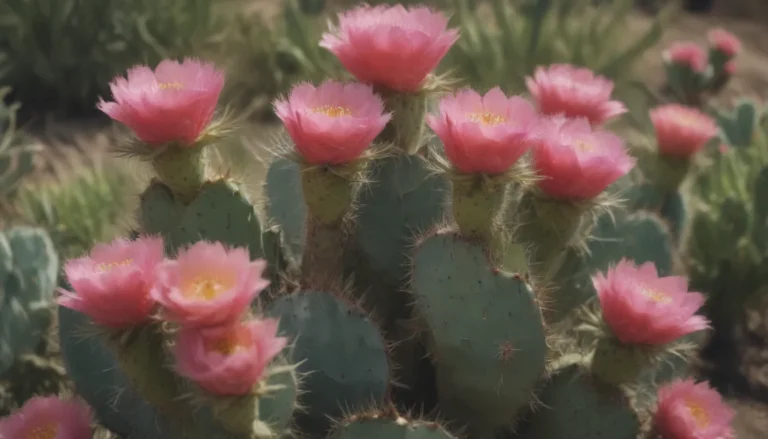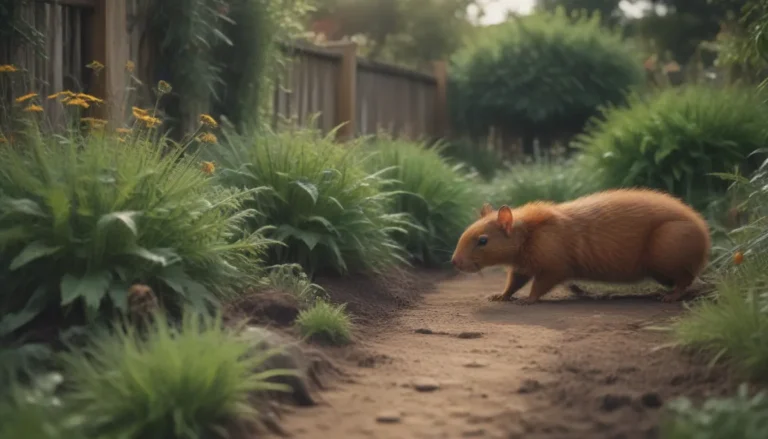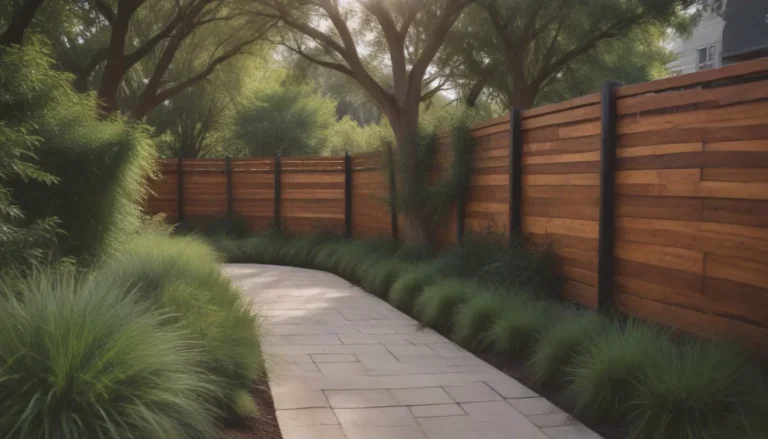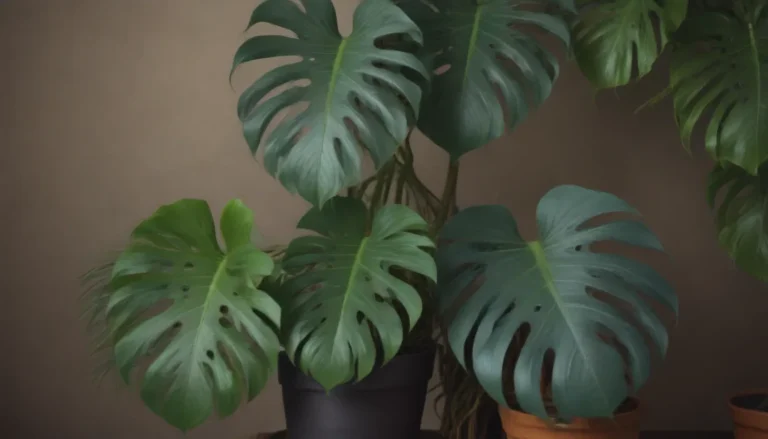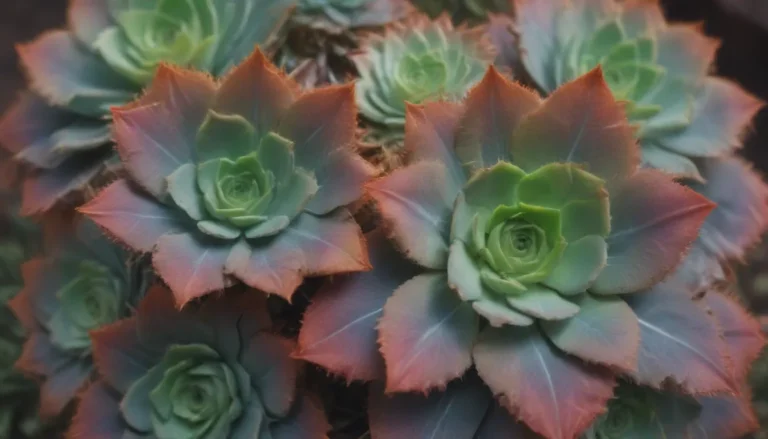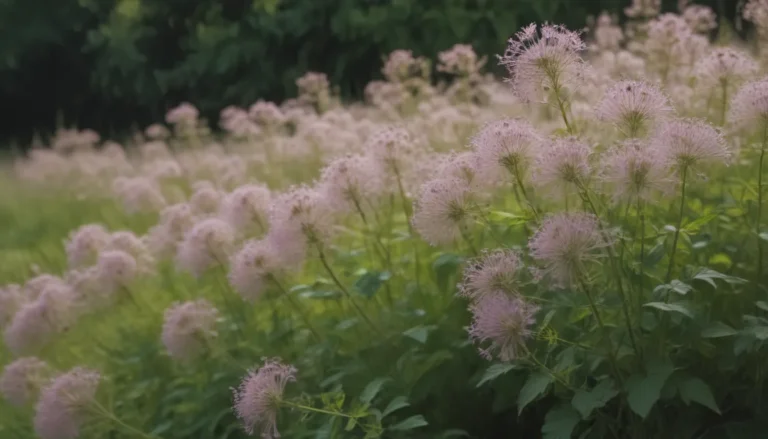The Ultimate Guide to Growing and Caring for Painted Daisies
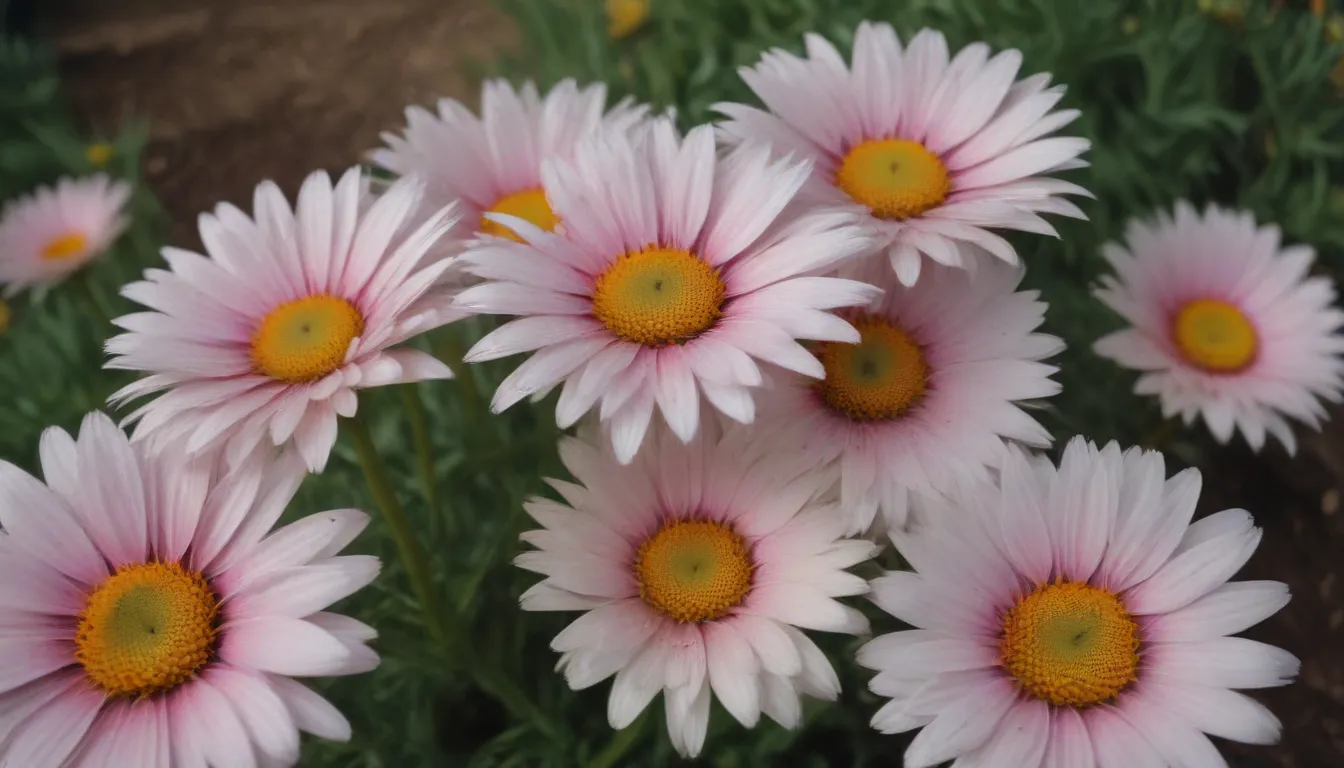
Are you looking to add a burst of color and charm to your garden? Painted daisies, also known as Tanacetum coccineum, are a wonderful choice for gardeners seeking a perennial plant that is both beautiful and easy to care for. In this comprehensive guide, we will explore everything you need to know to successfully grow and maintain painted daisies in your garden.
Introduction to Painted Daisies
Painted daisies are perennial flowering plants that closely resemble classic daisy plants, with fern-like leaves and a circle of petals surrounding a dense round center. Originally from Asia and the Caucasus Mountains, these vibrant flowers come in various colors and are known for their symbolism of innocence, purity, and loyal love.
Characteristics of Painted Daisies:
- Fast-growing plants
- Require 6 to 8 hours of full sun
- Thrive in well-draining, moderately moist soil
- Have a strong, sturdy stem making them excellent cut flowers
How to Care for Painted Daisies
To ensure your painted daisies thrive and bloom beautifully, it is essential to provide them with the proper care and maintenance. Here are the main care requirements for growing painted daisies:
Light
- Painted daisies require full sun, ideally 6 to 8 hours of direct sunlight daily.
- In hot summer regions, provide some shade from the intense afternoon sun.
Soil
- Plant painted daisies in loamy or sandy soil with good drainage.
- Avoid heavy clay soil, as the plant may struggle to thrive.
Water
- Keep the soil moderately moist, providing additional water during dry periods.
- Prevent waterlogging to avoid root rot by ensuring proper drainage.
Temperature and Humidity
- Painted daisies prefer temperate climates and do not do well in extreme heat or cold.
- Seeds germinate best in temperatures between 60 and 70 degrees Fahrenheit.
Fertilizer
- After the first bloom, feed painted daisies with a fertilizer low in nitrogen and high in phosphorus and potassium.
- Top dressing with composted manure in the fall will help maintain a healthy root system.
Types of Painted Daisies
With many varieties and cultivars available, painted daisies offer a wide range of colors and sizes to choose from. Some popular types of painted daisies include:
– ‘Brenda’
– ‘Mrs. James Kelway’
– ‘Mont Blanc’
– ‘Eileen May Robinson’
– ‘Robinson’s Red’
Propagating and Growing Painted Daisies
Painted daisies can be propagated easily through division in the early spring or grown from seed. Here are some tips on propagating and growing painted daisies:
Propagation by Division
- Divide mature plants in early spring to maintain vigor and encourage flowering.
- Gently separate the roots and replant in fresh, well-draining soil.
Growing from Seed
- Sow seeds directly in the garden after the threat of frost has passed.
- Thin seedlings to 18 to 24 inches apart once they appear.
Potting and Repotting
- Painted daisies grow well in containers, especially smaller cultivars.
- Ensure the soil in containers does not dry out quickly by topping it with mulch.
Overwintering
- Painted daisies are cold hardy in zones 3 to 7 and can withstand temperatures as low as -40 degrees Fahrenheit.
- In warmer climates, hard prune and mulch the root bed for winter protection.
Common Pests and Diseases
Painted daisies are generally resistant to pests and diseases, making them a low-maintenance plant for your garden. However, here are some common issues to watch out for:
– Stunted growth due to pests like aphids
– Wilting from intense sunlight or heat
How to Ensure Blooming and Maintenance
To encourage continuous blooming and maintain the health of your painted daisies, follow these tips:
– Deadhead spent blooms to promote new flowering.
– Prune after the first bloom to encourage a second round of flowers.
– Provide routine watering and basic maintenance to keep your plants healthy.
Common Problems with Painted Daisies
- Stunted growth may indicate the presence of sap-sucking insects like aphids. Treat with neem oil.
- Wilting can be caused by intense sunlight or heat. Move plants to shade and provide extra water.
With proper care and attention, your painted daisies will bloom beautifully year after year, adding a touch of color and elegance to your garden. So, roll up your sleeves, get your gardening gloves on, and let these stunning flowers brighten up your outdoor space!
Resources:
- North Carolina State University – Tanacetum coccineum subsp. coccineum
- Iowa State University Extension and Outreach – Flowers and their meanings: The language of flowers
- North Carolina State University Cooperative Extension – Tanacetum coccineum subsp. coccineum
Now that you have all the information you need to grow and care for painted daisies, why not add these beautiful flowers to your garden and enjoy their vibrant colors and cheerful blooms? Happy gardening!
